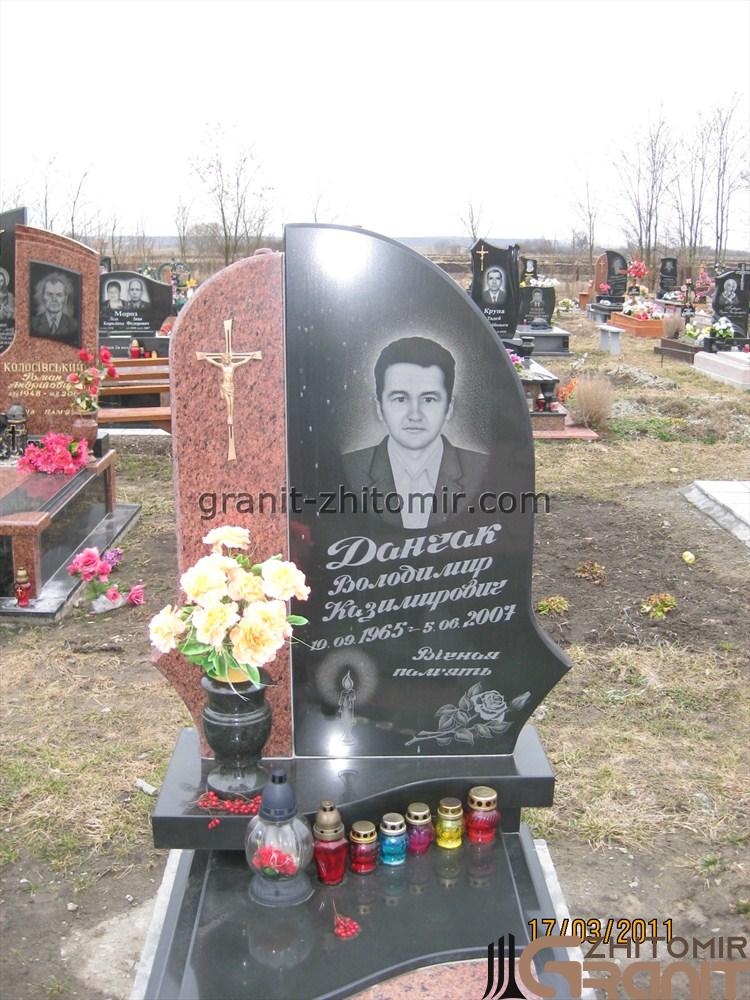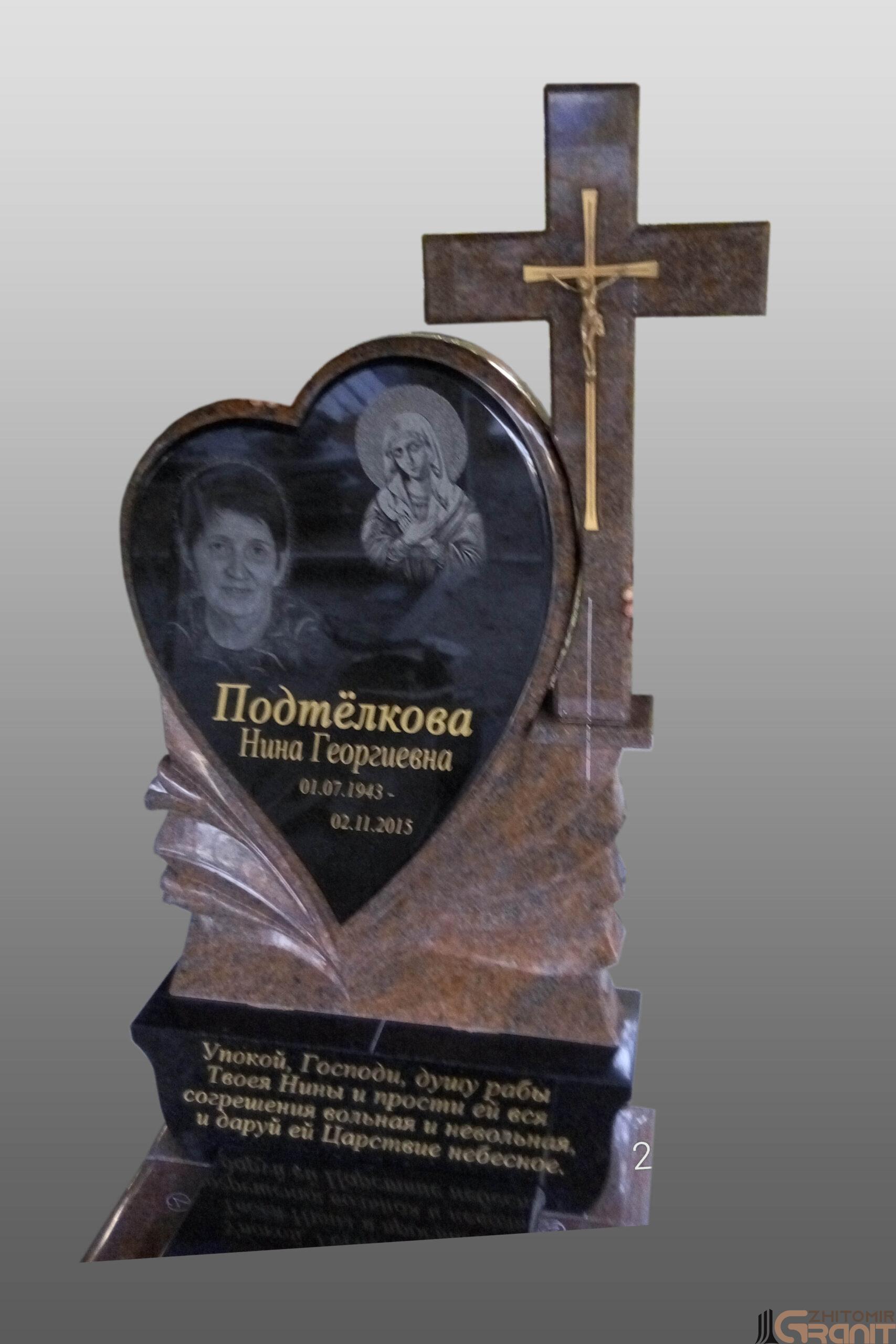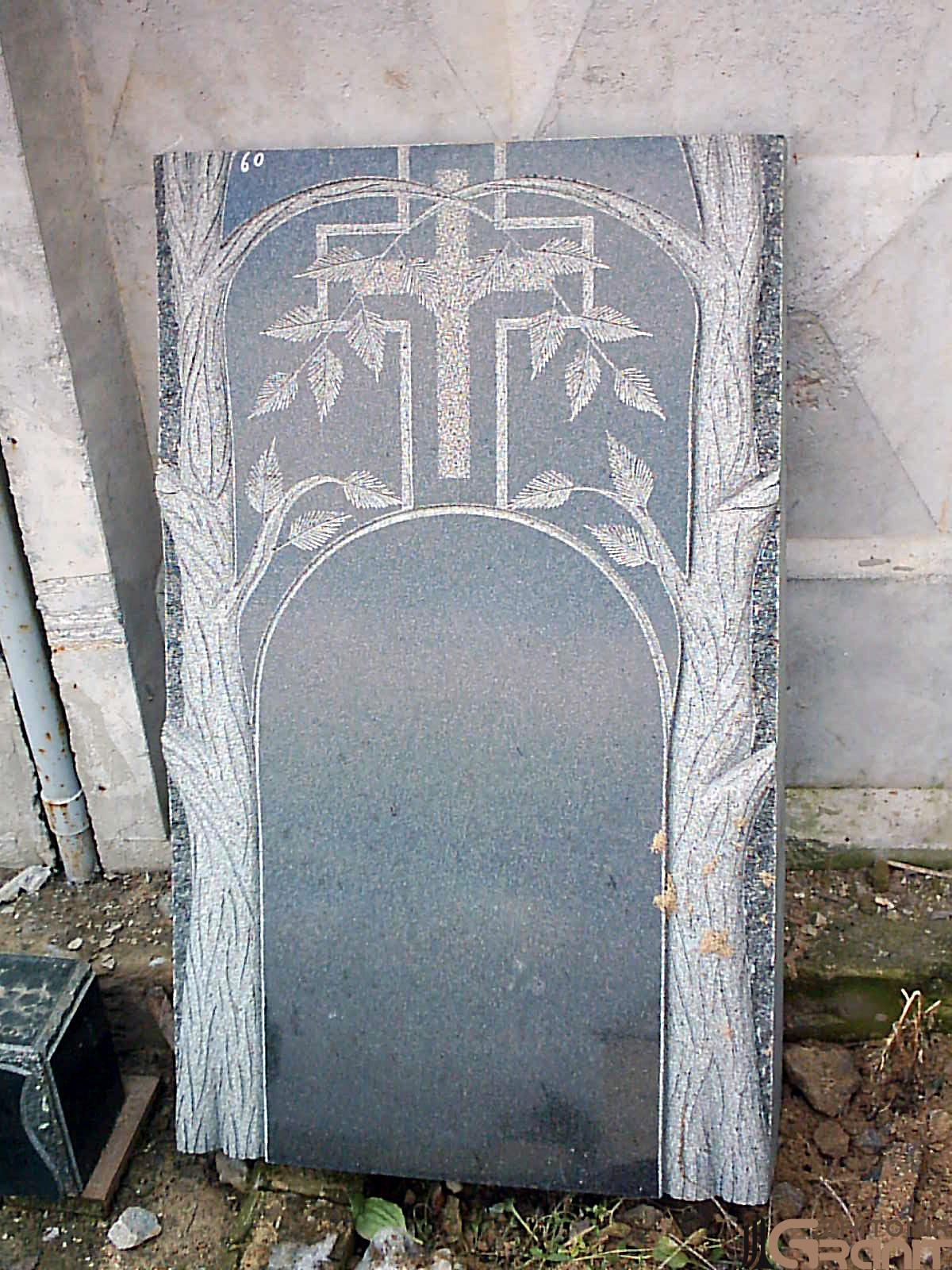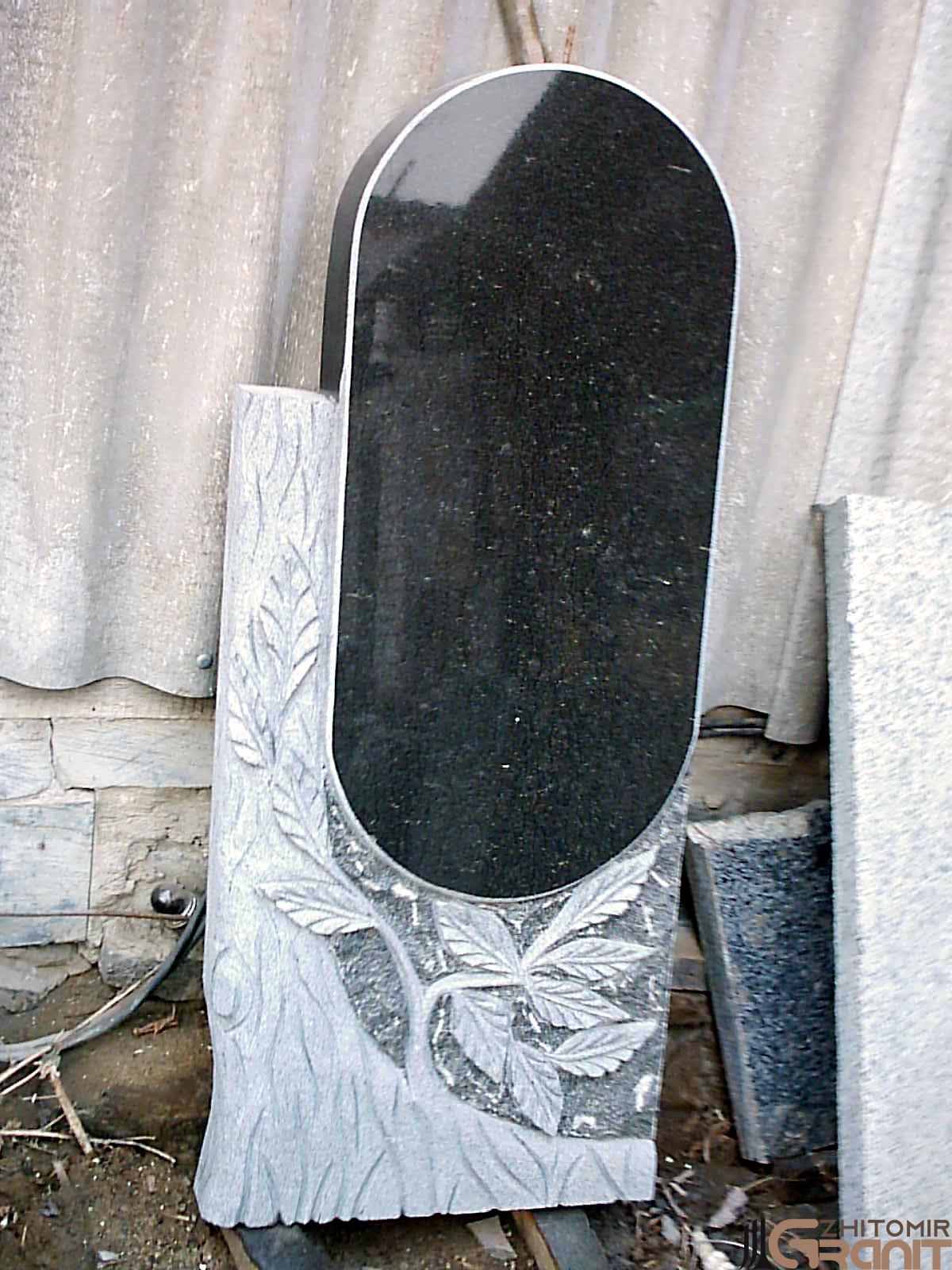Articles
Monuments made of granite - a symbol of strength and eternity

Why granite is chosen for monuments
Granite is a symbol of solidity, elegance and eternity. Thanks to its unique properties, this material has become the basis for creating monuments that can stand the test of time. Its extraordinary strength, resistance to compression, friction, dirt and weather conditions make granite the ideal choice for memorials.
Granite mining methods
The quality of granite depends on the way it is mined. Today, three main methods are used:
- The explosive method - is the most common and cheapest. A hole is drilled in the rock and explosives are placed in it. The explosion produces stones that are sorted and sawn into slabs. The disadvantage of this method is the formation of microcracks that reduce the strength of the material, as well as significant losses (up to 30%).
- The air cushion method - A more modern approach that avoids the formation of microcracks. The air reservoir creates a controlled pressure, which ensures more precise fracturing of the rock.
- Stone cutting method - The most expensive but most effective way. The use of special tools minimises losses and fully preserves the integrity of the stone structure.
Types of granite processing
The processing of granite determines its appearance and application possibilities. There are several types of processing:
- Polished - a mirror-like surface without visible traces of processing that reflects objects and reveals the pattern of the stone.
- Glossy (smooth matte) - No finish marks, with a natural texture appearance.
- Polished - uniform rough surface with minimal irregularities of up to 0.5 mm.
- Sawn - a slightly rough surface with traces of grinding obtained by diamond cutting.
- Heat-treated - A rough surface that provides anti-slip properties, ideal for outdoor walkways and stairs.
- Stabbed ("rock") - imitation of a natural rock split with large irregularities.
- Buchardovana (dotted) - relief surface with irregularities up to 5 mm.
The use of granite in the creation of monuments
Granite monuments undergo several stages of processing:
- Cutting and shaping - A diamond tool is used to precisely cut the stone. This results in slabs with perfectly straight edges and a flawless surface.
- Polishing - adds a mirror-like shine and reveals the unique pattern of the stone.
- Engraving and decoration - portraits, inscriptions and artistic elements are applied to the surface of the stone using beaded needles or laser technology.
- Installation - is carried out by qualified specialists who take into account the peculiarities of the soil and the structure.
Advantages of granite monuments
- Durability - retain their shape and appearance for centuries.
- Aesthetics - natural shine and unique pattern add majesty to the monuments.
- Resistance to weather conditions - are not afraid of rain, frost or heat.
- Versatility - are suitable for creating various shapes and designs.
Quality assurance
The production of granite monuments is a painstaking process that combines tradition and modern technology. Compliance with all stages of processing and installation ensures a long service life of the product. Our company provides a 5-year warranty on the monuments, but due to their high quality, they can last for decades.
Conclusion.
Granite monuments are not only memorial structures, but also symbols of memory, strength and eternity. Their monumentality, aesthetics and durability make granite an indispensable material for creating architectural masterpieces that honour the memory of generations.











